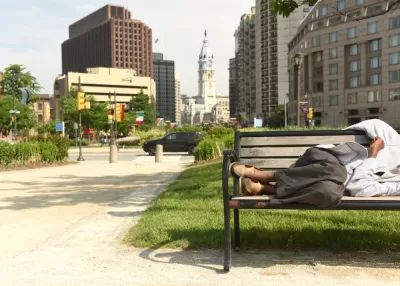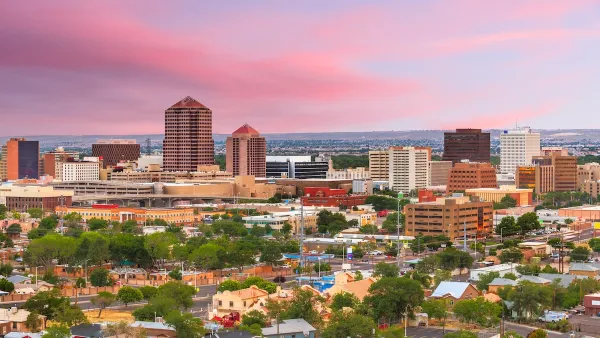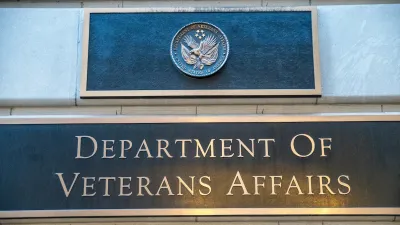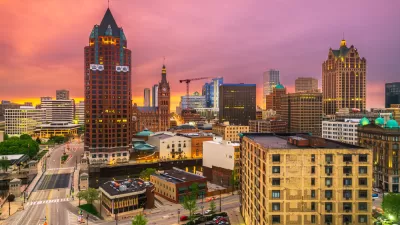The city of Philadelphia provides a case study of the so-called "Latino Homeless Paradox." There are many more low-income and homeless Latinos than reflected in the numbers of those using supportive services in the city.

Julia Terruso and Emma Restrepo report on the situation facing homeless and low-income Latinos in the city of Philadelphia.
Latino homeless in the city are "an underserved, undercounted group that advocates say isn’t reaching city services designed to help them," according to the article.
"Latinos make up nearly 15 percent of Philadelphia’s population and form its poorest minority group — 38 percent live in poverty, according to census data. But step inside a city homeless shelter and there are few Latinos. Nationally, and in Philadelphia, they represent a small fraction of people in shelters," add Terruso and Restrepo.
Past research has identified the "Latino Homeless Paradox," which explains the disparity. "Wary of shelters, Latinos are more likely to live on the streets or couch-surf among friends and family."
In Philadelphia, the Latino Homeless Paradox extends beyond shelters. Fewer Latinos use Section 8 vouchers or use other supportive services in the city as well. The article includes a lot more data on some of the institutional reasons behind the paradox, and quotes from advocates who have ideas on how the city can do better to support its vulnerable Latino populations.
FULL STORY: Why so few of Philly’s homeless Latinos use shelters, get city services

Planetizen Federal Action Tracker
A weekly monitor of how Trump’s orders and actions are impacting planners and planning in America.

Congressman Proposes Bill to Rename DC Metro “Trump Train”
The Make Autorail Great Again Act would withhold federal funding to the system until the Washington Metropolitan Area Transit Authority (WMATA), rebrands as the Washington Metropolitan Authority for Greater Access (WMAGA).

The Simple Legislative Tool Transforming Vacant Downtowns
In California, Michigan and Georgia, an easy win is bringing dollars — and delight — back to city centers.

The States Losing Rural Delivery Rooms at an Alarming Pace
In some states, as few as 9% of rural hospitals still deliver babies. As a result, rising pre-term births, no adequate pre-term care and "harrowing" close calls are a growing reality.

The Small South Asian Republic Going all in on EVs
Thanks to one simple policy change less than five years ago, 65% of new cars in this Himalayan country are now electric.

DC Backpedals on Bike Lane Protection, Swaps Barriers for Paint
Citing aesthetic concerns, the city is removing the concrete barriers and flexposts that once separated Arizona Avenue cyclists from motor vehicles.
Urban Design for Planners 1: Software Tools
This six-course series explores essential urban design concepts using open source software and equips planners with the tools they need to participate fully in the urban design process.
Planning for Universal Design
Learn the tools for implementing Universal Design in planning regulations.
Smith Gee Studio
City of Charlotte
City of Camden Redevelopment Agency
City of Astoria
Transportation Research & Education Center (TREC) at Portland State University
US High Speed Rail Association
City of Camden Redevelopment Agency
Municipality of Princeton (NJ)





























